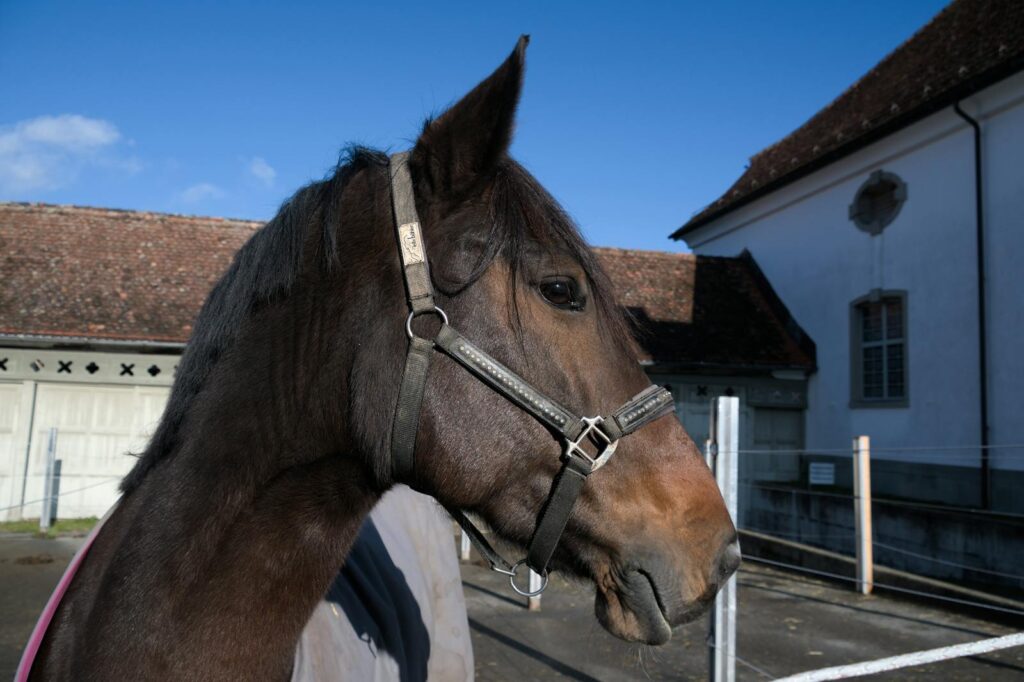In today’s agricultural landscape, the traditional barn has undergone a remarkable transformation. Modern barn management now seamlessly blends time-tested agricultural wisdom with cutting-edge technology, creating more efficient, sustainable, and profitable operations. Whether you’re running a small hobby farm or managing a large commercial facility, the right technological tools can dramatically reduce labor, improve animal welfare, optimize resource usage, and enhance overall productivity. This comprehensive guide explores the essential tools and technologies that are revolutionizing barn management in the 21st century, helping farmers work smarter rather than harder while achieving better results for their livestock, crops, and bottom line.
Automated Feeding Systems
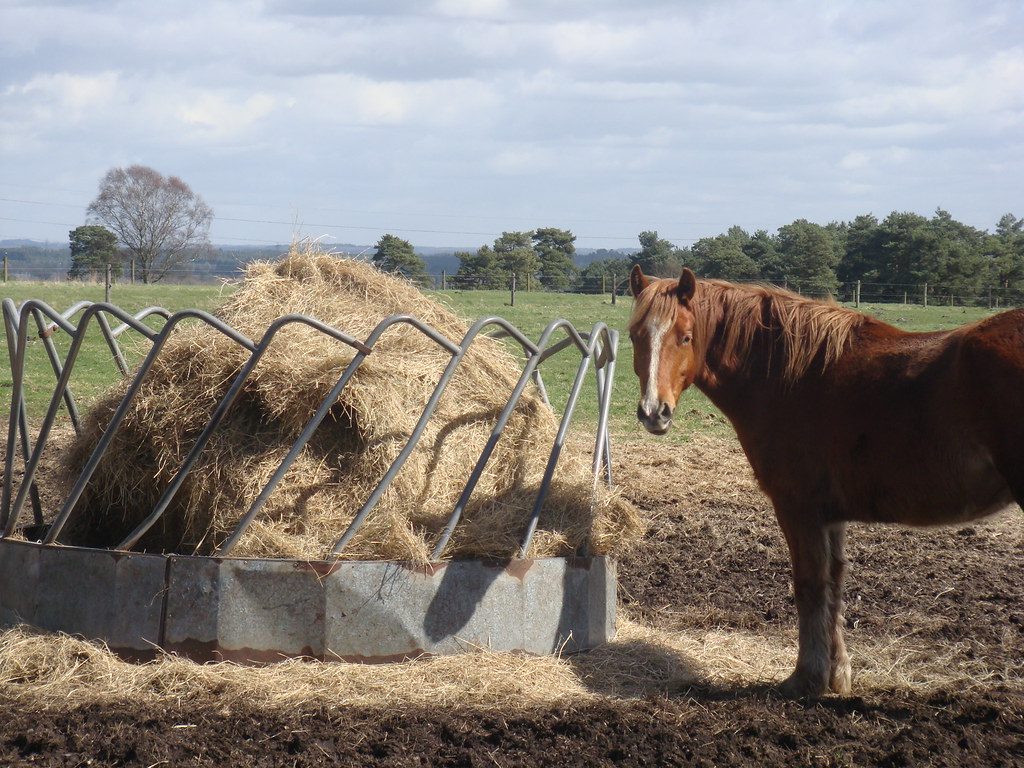
Automated feeding systems have revolutionized livestock management by delivering precise nutrition on customizable schedules without constant human intervention. These sophisticated systems can be programmed to dispense exact amounts of feed based on individual animal needs, growth stages, or production goals, ensuring optimal nutrition while minimizing waste. Many modern systems integrate with mobile apps, allowing farmers to adjust feeding parameters remotely or receive alerts when feed levels run low. The investment in automated feeding technology typically pays for itself through improved feed conversion ratios, reduced labor costs, and the ability to collect valuable data on consumption patterns that can inform farm management decisions.
Climate Control and Ventilation Technology
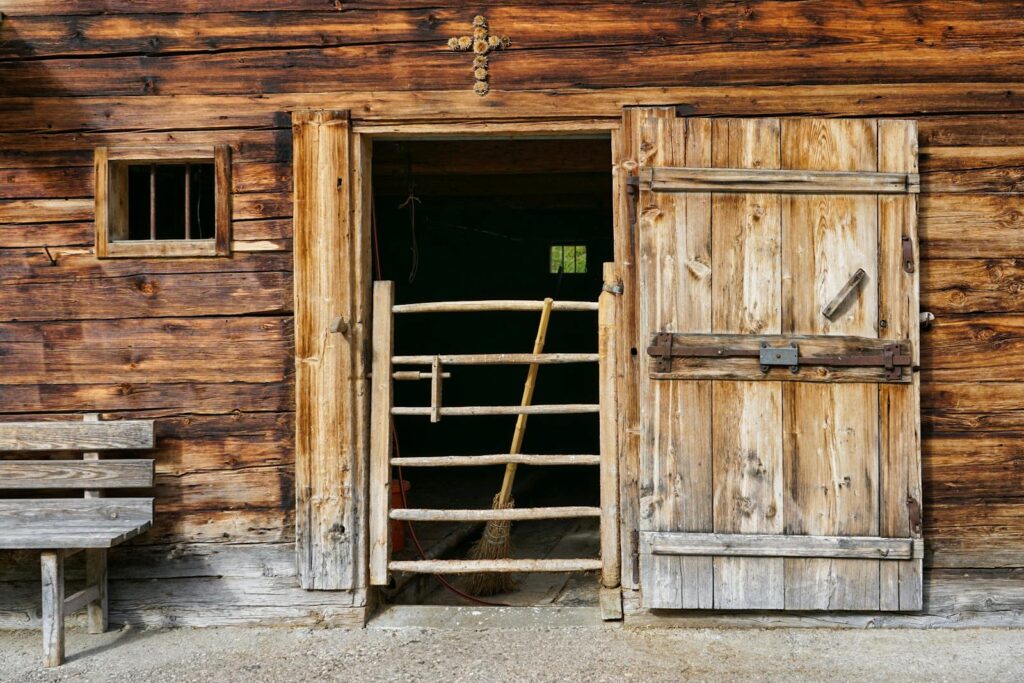
Modern climate control systems have become indispensable for maintaining optimal barn environments regardless of external weather conditions. These systems use networks of sensors to continuously monitor temperature, humidity, ammonia levels, and air quality—automatically adjusting ventilation fans, heating elements, cooling misters, or curtain systems to maintain ideal conditions. Advanced controllers can even create microenvironments within different sections of the same building, accommodating the varying needs of animals at different life stages. The precision of these systems not only improves animal comfort and health but also optimizes energy usage by running equipment only when needed, leading to utility savings and a reduced carbon footprint.
Smart Lighting Solutions

Intelligent lighting technology has become a game-changer in barn management, offering LED systems that mimic natural daylight cycles or provide custom lighting programs to boost animal productivity. These systems can be programmed to gradually brighten or dim, minimizing stress from sudden light changes and extending perceived daylight hours to support growth or production in certain livestock species. Many include motion sensors that activate lights only when areas are occupied, significantly cutting electricity use compared to traditional always-on systems. With their energy efficiency, improved animal welfare, and potential production gains, smart lighting systems are among the most cost-effective upgrades a modern barn can adopt.
Livestock Monitoring and Health Tracking
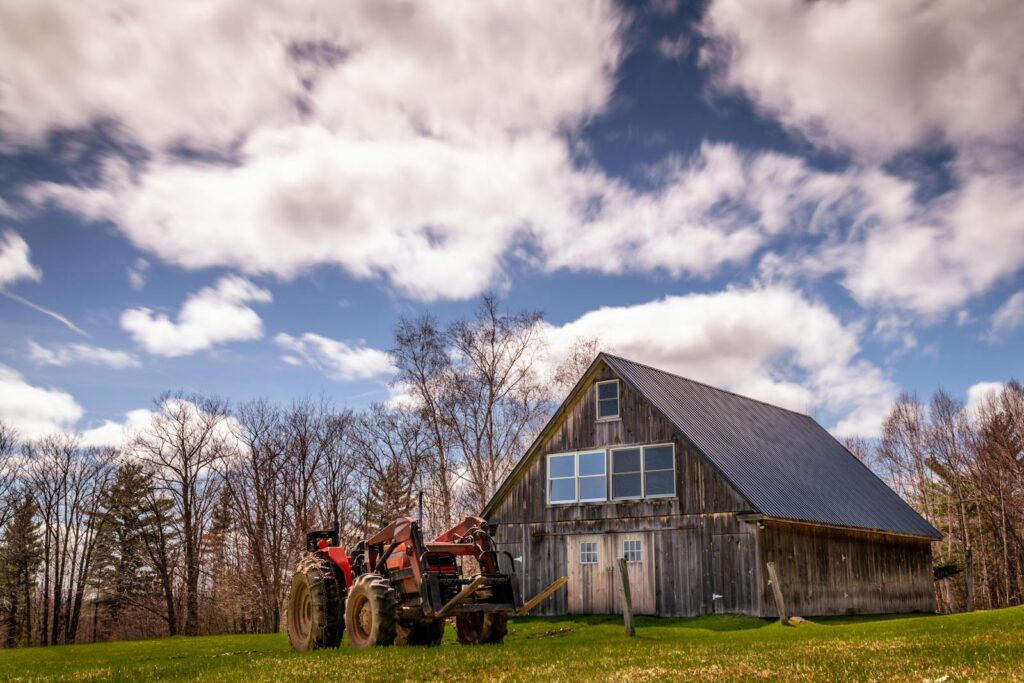
Wearable technology for livestock has transformed how farmers monitor animal health and behavior, ranging from simple RFID ear tags to advanced biometric collars and ankle bands. These smart devices continuously track key metrics such as activity levels, rumination time, body temperature, and even subtle changes in gait that can signal early health issues before they become visible. The data is transmitted to centralized farm management software, which can alert managers to potential problems, predict estrus cycles, or flag animals needing attention. This technology not only reduces the labor involved in routine visual checks but also greatly improves early disease detection, potentially saving thousands in veterinary costs and minimizing productivity losses due to illness.
Water Management Systems
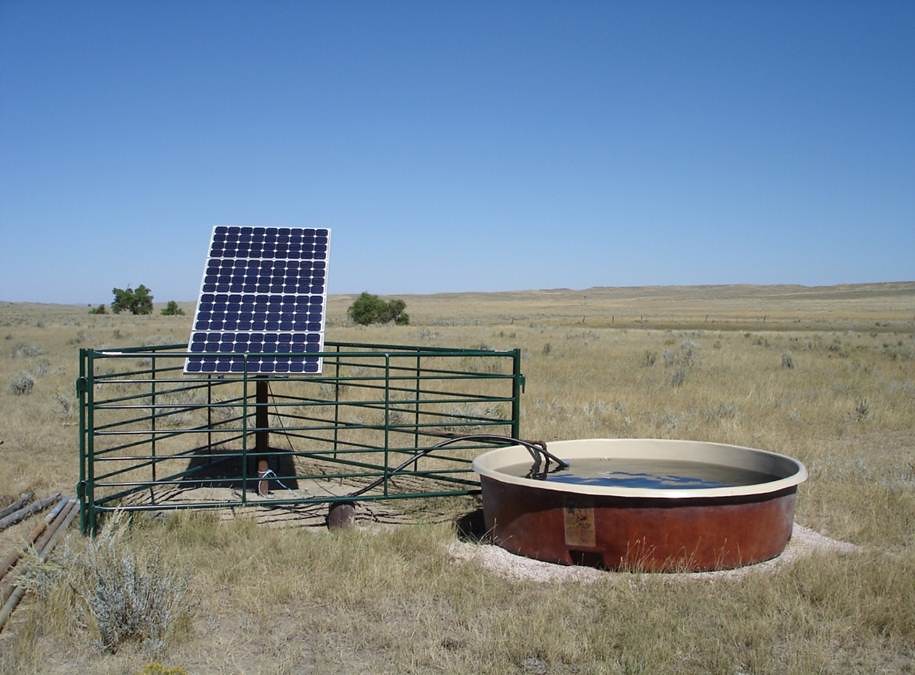
Advanced water management technologies ensure livestock have consistent access to clean, fresh water while minimizing waste and providing insight into consumption patterns. These systems often use flow sensors and automated shut-off valves to detect leaks or abnormal usage, preventing costly water loss and flooding. Some incorporate real-time water quality monitoring, measuring pH levels, bacterial content, and contaminants to ensure the water remains safe for animal consumption. In drought-prone areas, integrated rainwater harvesting and filtration systems can supplement traditional water sources, reducing dependency on municipal or well water. Detailed usage data further helps managers make informed decisions and optimize this critical resource.
Security and Surveillance Equipment
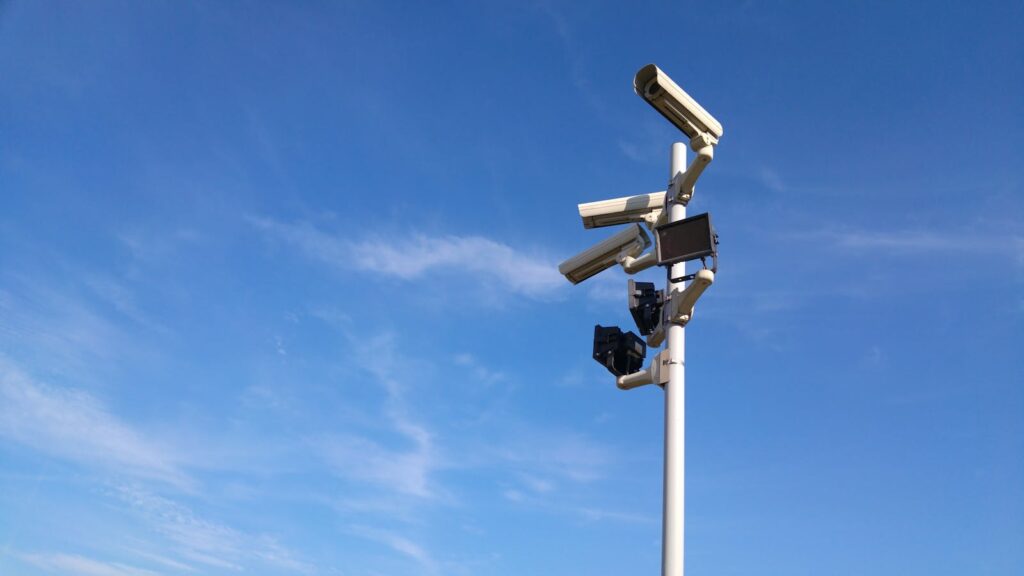
Modern barn security systems have evolved far beyond basic alarms, now incorporating comprehensive surveillance networks that provide both protection and management insights. Weather-resistant, high-definition cameras with night vision capabilities can monitor animals, equipment, and entry points 24 hours a day, with footage accessible remotely via smartphone apps. Many systems incorporate motion detection technology that sends immediate alerts when unexpected movement occurs during off-hours or in restricted areas. Beyond security benefits, these surveillance systems prove invaluable for monitoring birthing events, observing animal behavior patterns, or supervising employees without physical presence, giving farm managers unprecedented oversight capabilities while potentially reducing insurance premiums through documented security measures.
Robotic Cleaning Systems
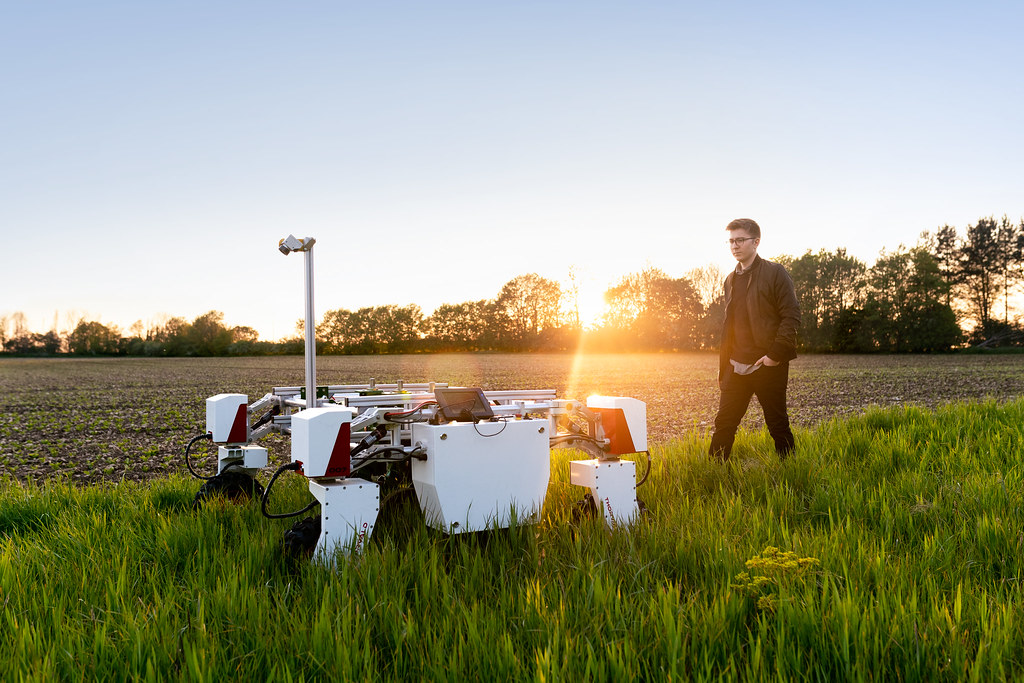
Robotic barn cleaning technology has transformed one of agriculture’s most labor-intensive and unpleasant tasks into an automated process that improves hygiene while freeing up valuable human resources. These specialized robots range from automated manure scrapers that navigate alleys between livestock stalls to more advanced units that can sweep, wash, and even disinfect barn surfaces on programmable schedules. The consistent cleaning they provide supports better animal health by reducing pathogen loads and improving air quality through prompt waste removal. Beyond labor savings, these systems often enhance resource efficiency through the precise application of cleaning agents and water, and they can extend the lifespan of barn infrastructure by preventing corrosive waste buildup on surfaces.
Barn Management Software
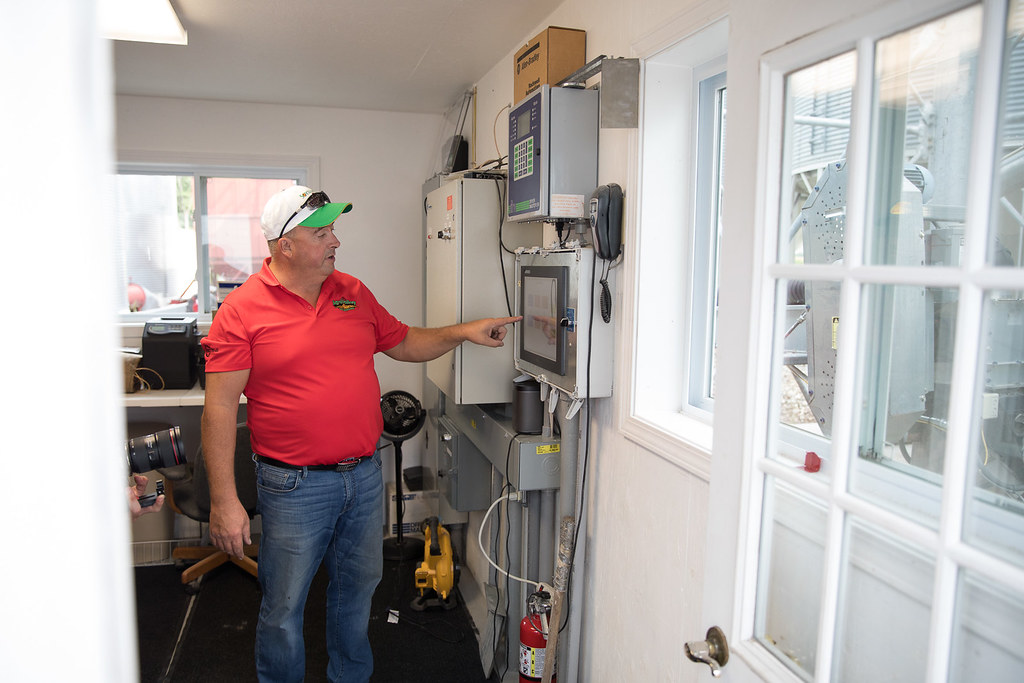
Comprehensive barn management software serves as the technological backbone of modern agricultural operations, integrating data from multiple systems into centralized platforms accessible from any device. These advanced programs track everything from individual animal records and medication schedules to inventory management, equipment maintenance logs, and employee work assignments. Many solutions offer customizable dashboards that highlight key performance indicators tailored to the specific operation, allowing managers to identify trends or issues at a glance. The most sophisticated platforms incorporate predictive analytics to forecast production outputs, feed requirements, or potential health concerns based on historical data patterns—transforming raw information into actionable insights that support more informed decision-making across all aspects of barn management.
Renewable Energy Systems
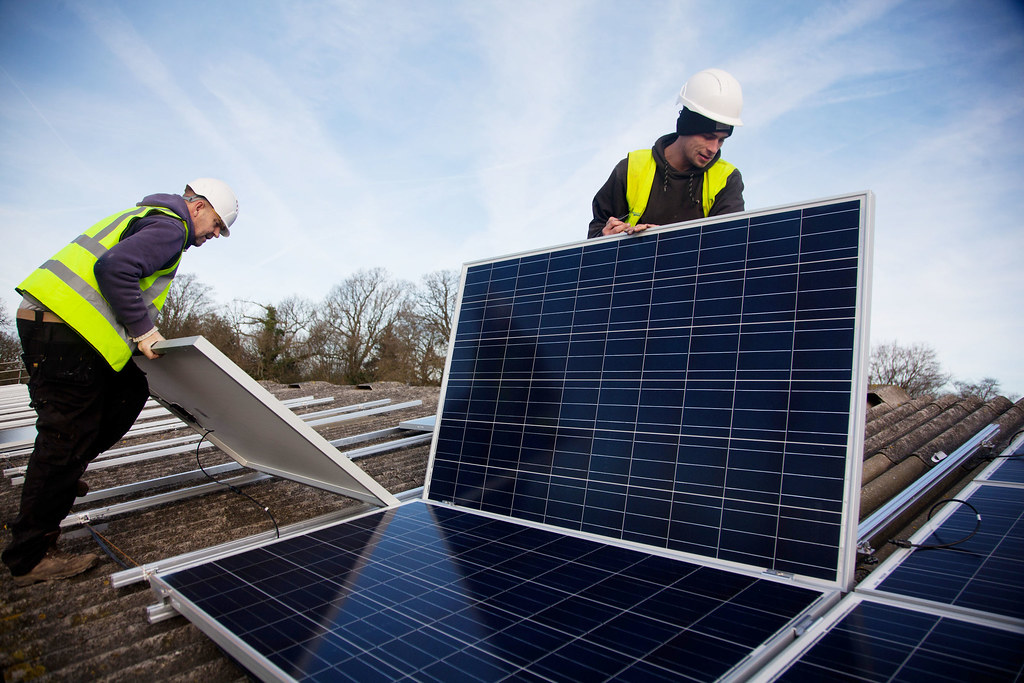
Renewable energy technology has become increasingly viable for modern barn operations, with solar panels, wind turbines, and biomass systems offering sustainable power solutions that reduce long-term operating costs. Many agricultural facilities now utilize rooftop solar arrays that take advantage of expansive barn roofs to generate electricity—often producing surplus power that can be sold back to utility companies or stored in battery systems for nighttime use. For operations with significant organic waste, biodigesters can convert manure and other biomaterials into methane gas for heating or electricity generation, creating a circular energy system. These renewable installations frequently qualify for substantial tax incentives or grants, allowing farmers to potentially recoup their initial investments within just a few years while significantly lowering their carbon footprint.
Smart Storage Solutions
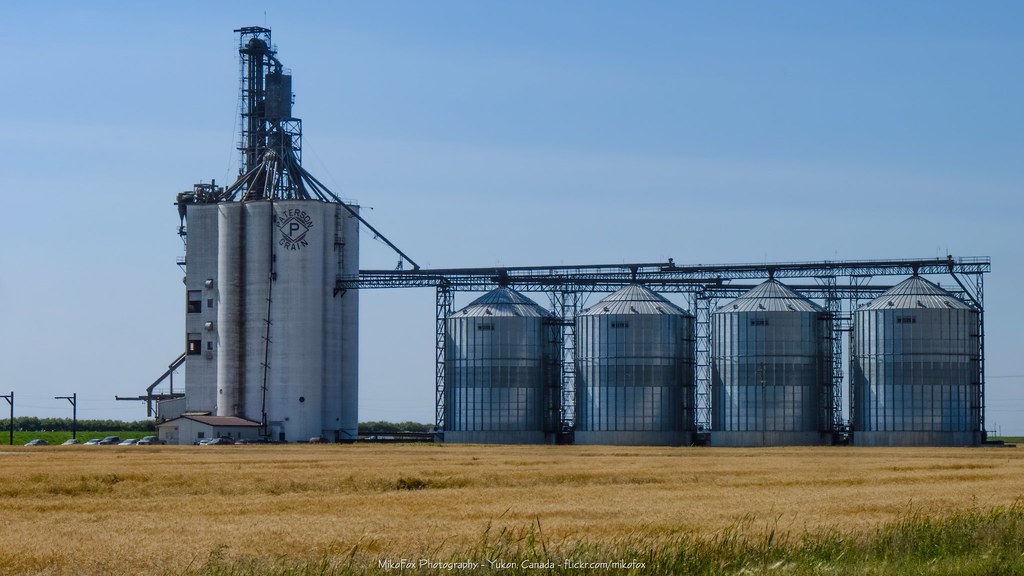
Technologically enhanced storage systems provide modern barn managers with unprecedented control and monitoring capabilities for feed, equipment, and supplies. Smart grain bins and silage storage units now include temperature and moisture sensors that continuously monitor conditions, automatically activating aeration systems when thresholds are exceeded to prevent spoilage or combustion risks. Equipment storage areas increasingly feature humidity control systems that reduce corrosion and extend the lifespan of machinery, while RFID-tagged tool systems help track valuable items and minimize losses. Many storage facilities also incorporate inventory management software that monitors usage patterns, generates restocking orders automatically when supplies run low, and provides analytics to optimize purchasing decisions and avoid costly emergency orders.
Drone and Aerial Mapping Technology
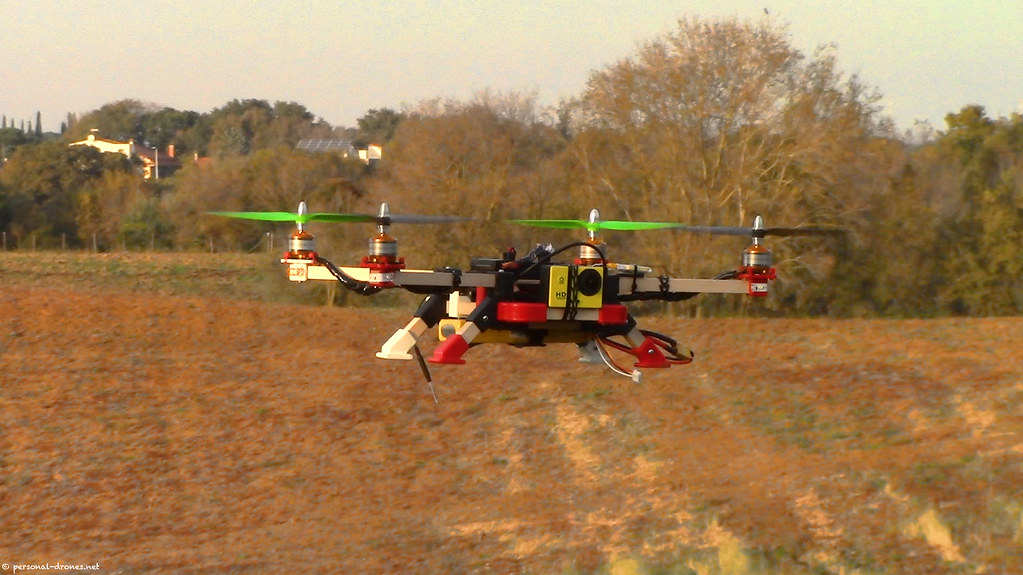
Agricultural drones have evolved from novelty gadgets into essential management tools, offering barn operators valuable aerial perspectives and data collection capabilities. These unmanned aerial vehicles, equipped with specialized cameras, can quickly survey barn roofs for damage, inspect fencing across large pastures, or monitor livestock in remote fields—eliminating the need for time-consuming physical inspections. Advanced models use thermal imaging to detect hot spots in electrical systems or insulation, helping prevent potential fires before they start. For operations with adjoining cropland, the same drones can generate detailed field maps that reveal variations in plant health, irrigation coverage, or pest pressure, enabling precise interventions that conserve resources, save time, and provide documentation for insurance or regulatory compliance.
Telemedicine and Remote Veterinary Services

Veterinary telemedicine platforms have become game-changing tools in modern barn management, allowing farmers to consult with veterinary professionals without requiring on-site visits for every issue. These systems typically combine video conferencing with secure data-sharing portals, enabling farmers to upload photos, videos, or monitoring data from sick animals for rapid assessment. Many platforms integrate with existing barn management software, giving veterinarians access to comprehensive health histories, medication records, and recent biometric data to support more accurate diagnoses. For livestock operations in remote areas, telemedicine can significantly reduce treatment delays and lower travel-related costs, improving animal outcomes while ensuring consistent professional oversight through regular virtual consultations.
Integrated Pest Management Technology
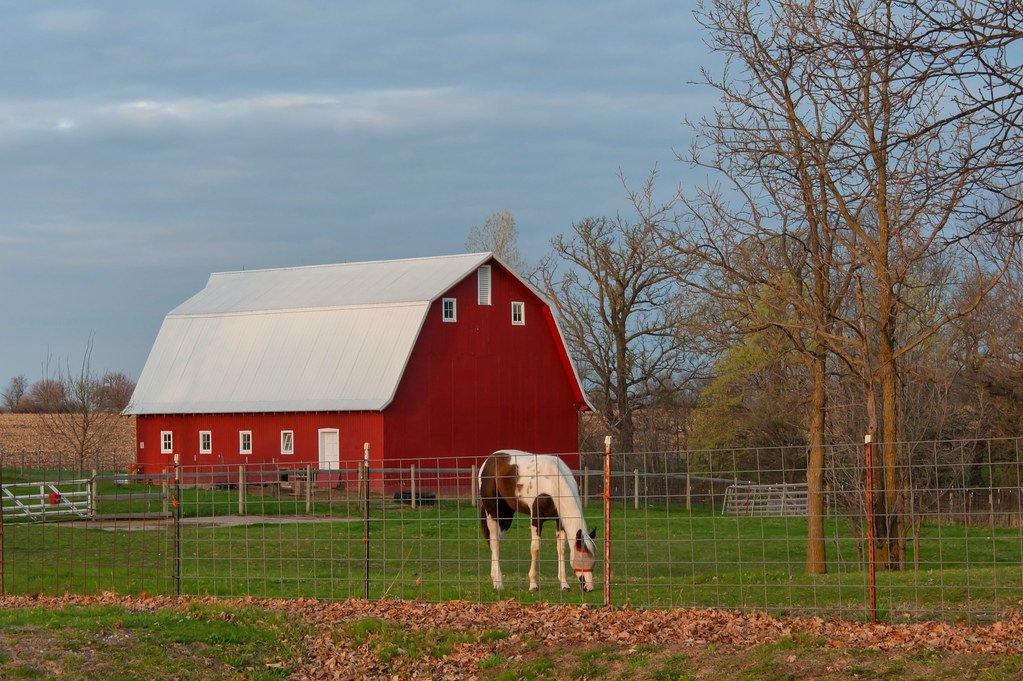
Modern pest management systems combine high-tech monitoring with targeted control methods to protect barn environments while minimizing chemical use. Advanced detection tools use pheromone traps with digital counters or optical recognition technology to identify and quantify specific pest species, automatically alerting managers when populations reach critical thresholds. Ultrasonic repellers, timed-release systems, and precision application technologies ensure that treatments are limited to problem areas rather than being broadcast across the entire facility. Many comprehensive systems also track environmental conditions that encourage pest outbreaks, enabling preventative action before issues arise. These systems typically maintain detailed digital records of monitoring and interventions to support regulatory compliance and organic certification requirements.
Implementation and Integration Strategies
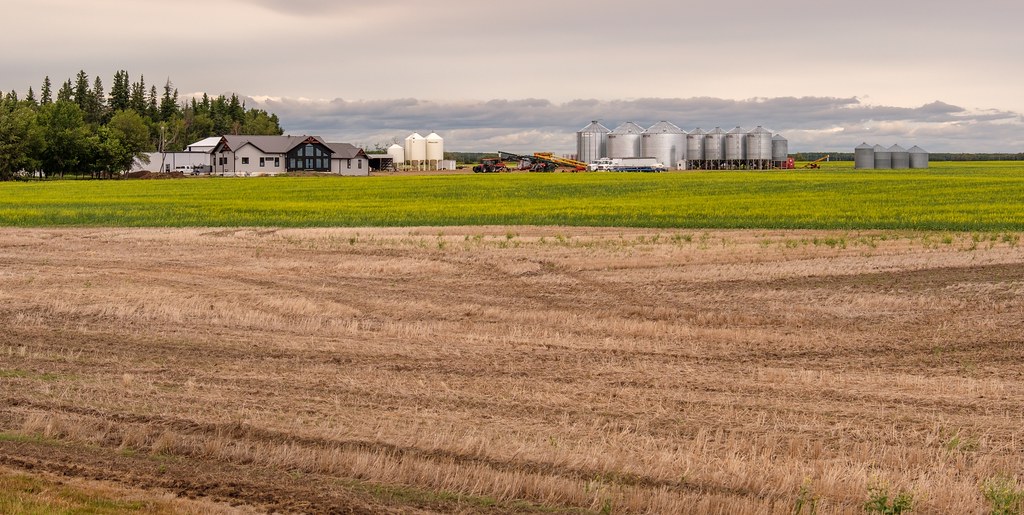
Successfully modernizing barn operations requires thoughtful implementation strategies that address both technological compatibility and practical adoption by farm staff. The most effective upgrades typically begin with a thorough needs assessment to identify operational pain points and prioritize solutions based on potential return on investment—rather than simply chasing the latest innovations. A phased implementation approach allows workers to adapt gradually, providing time to evaluate effectiveness before committing to full-scale deployment. Clear standard operating procedures and comprehensive training greatly improve adoption rates, while appointing technology champions from within the team can help troubleshoot issues and encourage broader buy-in. Ultimately, the most successful operations view technology as a tool to support the farm’s core goals—enhancing animal welfare, promoting sustainability, and increasing profitability—rather than letting it dictate the direction.
The modern barn bears little resemblance to its predecessors, having evolved into a technologically advanced environment where data-driven decisions and automation drive unprecedented efficiency and animal welfare standards. As agriculture faces growing challenges from climate change, labor shortages, and economic pressures, these technologies offer vital solutions that enable farmers to produce more with fewer resources—while enhancing sustainability. Although the initial investment in barn technology can be significant, it often delivers substantial returns through lower labor costs, improved productivity, reduced resource consumption, and better animal health. For today’s forward-thinking farmer, strategically adopting these innovations is no longer a luxury—it’s a necessity for staying competitive and sustainable in a rapidly evolving agricultural landscape.

